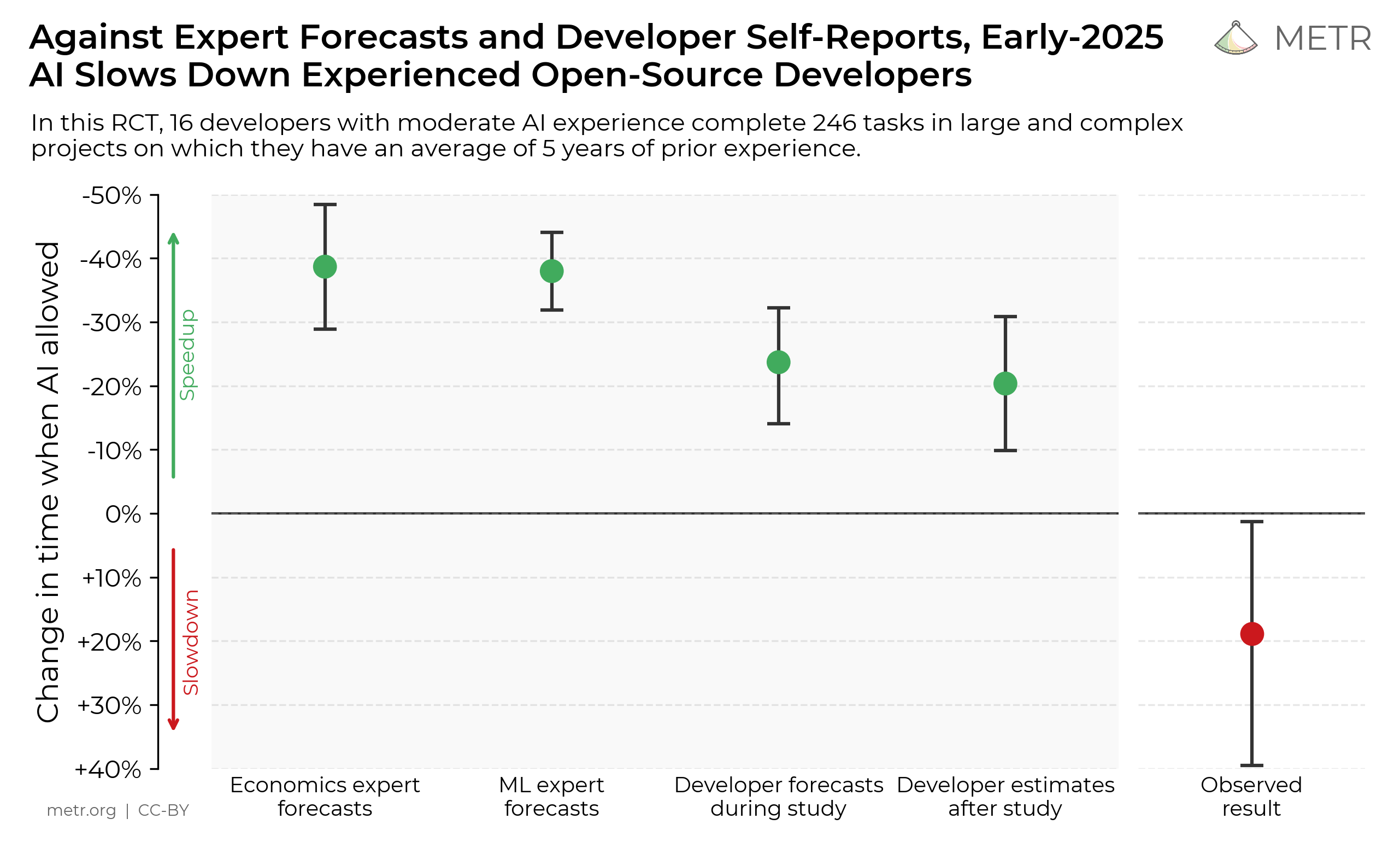AI companies and wider society want to understand the capabilities of frontier AI systems, and what risks they pose.
METR is a nonprofit research organization which studies AI capabilities, including broad autonomous capabilities and the ability of AI systems to conduct AI R&D.
Top resources
Evaluation reports
We have worked with companies such as Anthropic and OpenAI to conduct preliminary evaluations of the autonomous capabilities of several frontier AI models. We do this both to understand the capabilities of frontier models and to pilot third-party evaluator arrangements. (We do not accept compensation for this work.) We also occasionally evaluate models independently after they are released, without involvement from the model’s developers. Recent public reports resulting from this work are below, with additional discussion in the respective system cards.
Partnerships
In addition to evaluations of new models, discussed above, companies such as OpenAI and Anthropic have also provided access and compute credits to support evaluation research.
We think it’s important for there to be third-party evaluators with formal arrangements and access commitments — both for evaluating new frontier models before they are scaled up or deployed, and for conducting research to improve evaluations. We do not yet have such arrangements, but we are excited about taking more steps in this direction.
We are also partnering with the AI Security Institute and are part of the NIST AI Safety Institute Consortium.









